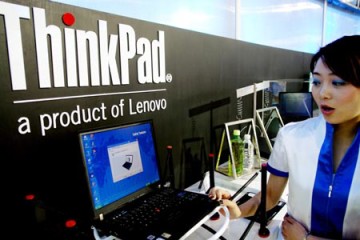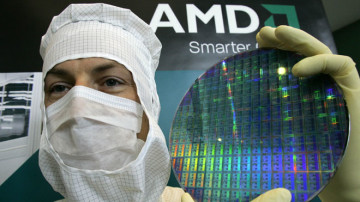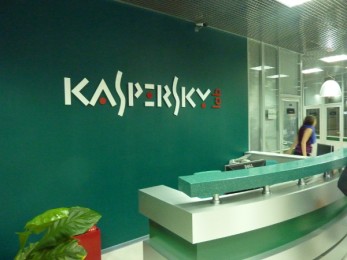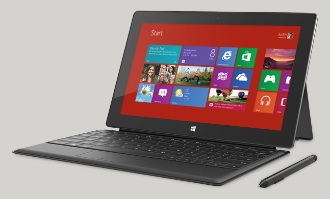 Autodesk shares could jump 50 percent in the next 18 months as investors get more comfortable with the company’s transition to a cloud-based business model.
Autodesk shares could jump 50 percent in the next 18 months as investors get more comfortable with the company’s transition to a cloud-based business model.
By the middle of next year, Autodesk will give up on selling “perpetual licences” and move to subscriptions to buy products on the cloud.
In the short term this will cause shares to tank. Shares of Autodesk have lost almost a quarter of their value in 2015, with investors grappling with the fact that the shift to the cloud will hurt earnings temporarily as the company’s revenue model shifts from one-time software purchases to smaller recurring payments.
But Barrons thinks that five years from now Autodesk could be earning over $4 a share, double its fiscal 2013 peak. The stock could benefit much sooner.
The thought is that a move to a cloud-based subscription model lowers upfront costs, which could help attract new customers.
However it is all a risky business. While many companies have moved to subscription based models, the results have been mixed. A move to the better is by no means guaranteed. Still, it is nice that the people who invest in the company think it will do well.



















